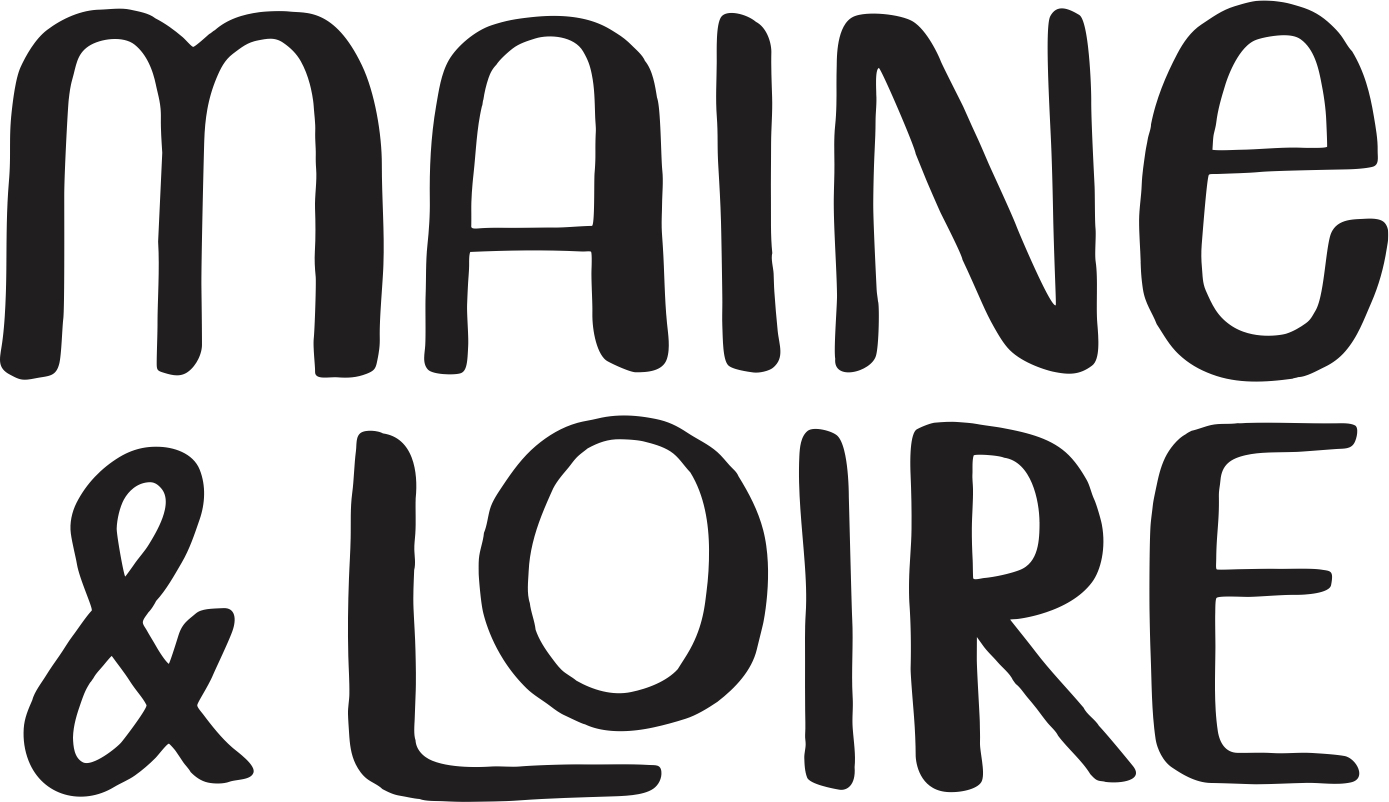Anita & Hans Nittnaus ‘Kalk & Schiefer’ Blaufränkisch 2020
Location: Austria, Burgenland
Winemaker: Anita & Hans Nittnaus
Grapes: Blaufränkisch
From the Importer Rosenthal: Burgenland is Austria’s easternmost wine region, situated south of Niederösterreich and north of Steiermark, and bordering Hungary along its entire eastern flank. Its 28% share of Austria’s vineyard area produces the country’s best and most respected red wines, from vineyards whose proximity to Hungary’s warm Pannonian plains ensures proper ripening for the indigenous Blaufränkisch and Zweigelt. The northern sector of Burgenland is dominated by Lake Neusiedl (or Neusiedlersee), Europe’s largest steppe lake, which straddles the Austria-Hungary border, and the Nittnaus family has resided in the town of Gols, on Neusiedlersee’s eastern edge, since 1684.
Today, third-generation Hans Nittnaus and his wife Anita helm the winery his grandfather Johann began in 1927. After taking over from his father in 1985, in the aftermath of the well-publicized diethylene glycol scandal which (despite being perpetrated by only a few large wineries) so damaged Austrian wine’s reputation abroad, Hans was resolutely determined to claw out some respect for the wines of his homeland. As so many across lesser-known winegrowing regions did in the 1980s, Hans chose Cabernet Sauvignon and Merlot as his draft horses to ride toward international acclaim; however, within a few years he shifted focus to Blaufränkisch and Zweigelt—varieties whose deep sense of somewhere-ness more readily distinguish them from the pack. Hans & Anita are regarded today not only as influential pioneers of contemporary Burgenland’s dynamic wine scene, but as among the greatest growers in all of Austria. Happily, their two sons Andreas and Martin, as well as their niece Lydia, are fully involved in the day-to-day operations of the winery, and the two generations approach their work in a collaborative spirit. Despite the chaos that occasionally ensues from such a collective approach, it is clear that all parties deeply respect one another’s approach, and it is greatly reassuring to know that the winery will be in such capable, dynamic hands in its next phase.
The Nittnaus estate today encompasses 44 hectares spread among two distinct subregions of northern Burgenland. To the east of Lake Neusiedl, in the Neusiedlersee appellation, soils are of sandy clay with varying levels of flint; this is the site of the family’s historic holdings, as well as the winery itself. More recently, Hans and Anita have acquired vineyards in the Leitha hills, to the west of the lake, whose poorer soils of limestone and slate render Blaufränkisch of striking energy and minerality. They work according to strict biodynamic principles, and are certified as such by the small, rigorous, and less-mainstream “respect-BIODYN” organization.
Nittnaus’ cellar practices serve to highlight rather than stifle the energetic and lovely character of their abundantly healthy fruit: they employ only spontaneous fermentations; and, for aging, they favor 500-liter Stockinger casks, whose tight-grained, low-toast, low-impact construction allows for maximal expressiveness and facilitates ultra-modest sulfur additions. The family’s white wines are breezy and balanced without being simple, and their red wines are simultaneously refreshing and serious—eminently digestible without making a huge deal of their ease of use, and sneakily solid in their construction despite their spicy exuberance and lip-smacking fruit. This remarkable tightrope-walk, which the Nittnauses make look easy, avoids flirtation with over-extracted internationalism on one side and affectations of cutesy gluggability on the other. Theirs are the wines of seasoned masters who have learned over years of experience how to produce wines that taste precisely and proudly of where they are from.
Blaufränkisch “Kalk & Schiefer”: “Kalk & Schiefer” (“limestone and slate”) comes from Blaufränkisch grown on the slopes of the Leitha hills near the village of Jois. Like the Zweigelt above, this is aged one year in used 500-liter Stockinger barrels and is bottled with just a splash of sulfur—less than 15 milligrams per liter. Cleansing, cool-toned minerality counterbalances warmly spicy fruit here, united under a spire of glowing acidity. This, too, typically hovers around 12.5% alcohol, exemplifying the variety’s ability to be both richly juicy and light in spirit.

